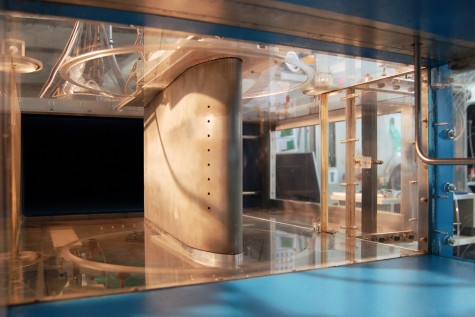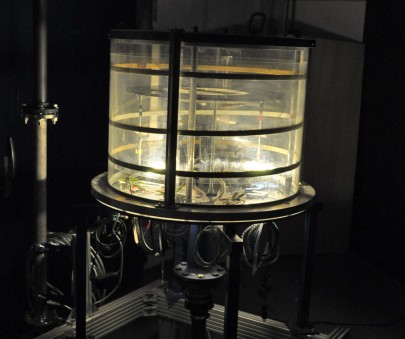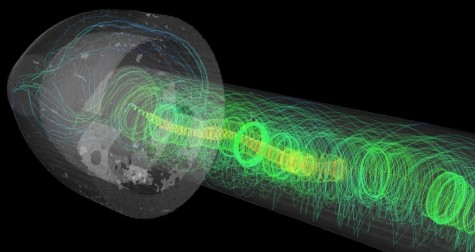The main research activity with regards to cooling cover highly resolving numerical simulations and experiments on several test rigs. Within the research projects innovative cooling concepts for internal and external cooling of turbine blades, as well as internal turbine casing cooling, are investigated. The influence of a rotating frame of reference due to the blade rotation is measured in detail at a specific test rig.
Gas Turbines and Aerospace Propulsion
Cooling System
Cooling System
The efficiency of the whole aircraft engine fundamentally depends on the entrance temperature of the flow into the turbine. This flow temperature at the entrance of the turbine lies far above the melting temperature of the applied materials. Hence, safe operation is only possible when making use of a sophisticated cooling concept. The fundamental research activities of the institute when it comes to cooling include high resolution numerical simulations and measurements on diverse test rigs.








